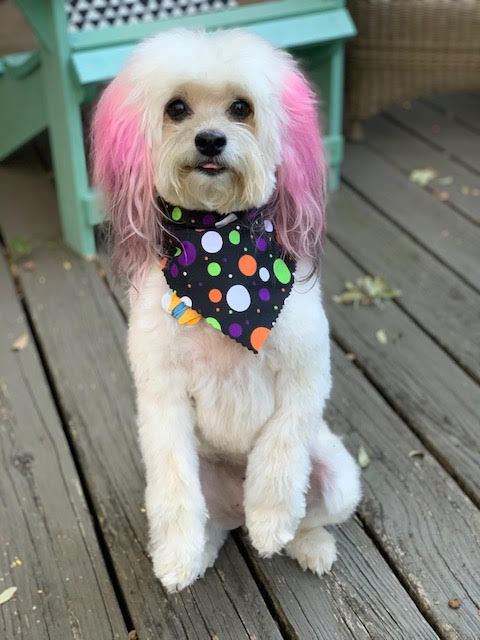If you have a dog, you want them to be as healthy as you are. Special diets, exercise, and regular trips to the vet are all important, but what about their ears? Just like humans, the state of your dog’s ears affects their overall health and can be an indicator of other health issues. Likewise, methods of safe ear cleaning for dogs are often best left to professionals, but you can still do some at-home maintenance with RK Audiology’s help. Whether those ears stand up or droop, these safe cleaning tips will help make sure man’s best friend has healthy ears and hearing.
Different Breeds Need Different Types of Care
Safe ear cleaning for dogs starts with knowing each dog will have different ear care needs. Depending on who you ask, there are between 200 and 350 different breeds worldwide. Each breed comes with its own unique anatomy, as well as health issues that can affect, or be affected by, ear health. Talking to your veterinarian and dog breeder about breed-specific concerns will make you better able to make good decisions for Fido.
Know When It’s Time for a Cleaning
Even with breed-specific concerns, there are still ways to know whether it’s time for at-home treatment or time for a visit to the vet. Certain breeds need more frequent cleanings than others, such as dogs that spend a lot of time in the water. There are, however, some general rules. Dogs with ears that hang down tend to trap moisture and dirt, while dogs with ears that are open or stand up are prone to infections.
You can also tell a lot by spot inspection. Before you can do one, you will need to know what a healthy ear looks like. The best time to learn this is with your vet but, overall, the inside of dogs’ ears should look pink rather than red. Redness is a sign of inflammation and possible infection. They should also leave no odor. If you do notice a slight odor, or if your best friend is shaking their head or scratching their ears a lot, the American Kennel Club suggests it’s time for a cleaning. If the ear looks red and inflamed or smells yeasty, however, head to the vet.
How to Safely Clean Your Dog’s Ears
If it’s time for a home cleaning, remember that safe ear cleaning for dogs is similar to safe ear cleaning for humans. That means this is not the time to break out the cotton swabs. Nor should you go directly for a bottle of alcohol or hydrogen peroxide. Because of the structure of a dog’s ear, these items can irritate the ear canal. Furthermore, they don’t actually remove all the wax, dirt, and other irritants, and you may possibly damage the ear trying.
Instead of using items that can cause or worsen an infection, try cleaning drops specially formulated for dogs. These drops dissolve ear wax, and some have antifungal or antibacterial properties. We recommend Earwax PETTM
Here are simple steps for using this to effectively clean your dog’s ears:
- Lay the dog on their side and gently wipe away any debris from around the outer ear with a cotton ball or facial tissue. This can also be done with the dog in a normal standing position.
- For large dogs (greater than 35 pounds), slowly place 1 full dropper into the ear canal.
For small dogs (less than 35 pounds), slowly place ½ dropper into the ear canal. - Gently massage the base of the ear for several minutes.
- Keep the dog still for 5-15 minutes to allow the wax and debris to dissolve.
- Allow the dog to shake its head as needed to remove excess fluid. (This is why we recommend doing this outside!)
- Dry outer ear canal with a clean cotton ball or clean tissue.
- Repeat immediately if the ear canal is not visibly clean.
- Treat ears every month or as directed by your veterinarian.
As you and your veterinarian decide what is the best way to treat your dog, please make sure to always be gentle. Dog ears are easily damaged when proper care is not taken. If you have questions on safe ear cleaning for dogs, contact your vet or the American Kennel Club. You can also contact RK Audiology for more resources and to schedule your next appointment. You are, after all, your dog’s best friend.

